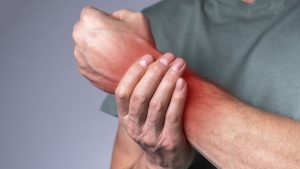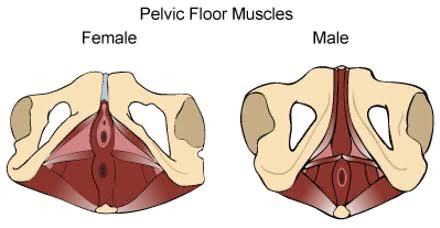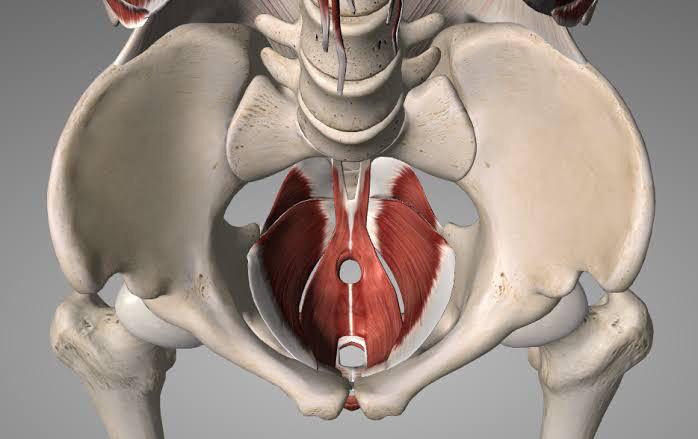
Understanding Wrist Pain and How Physical Therapy Can Help
Wrist pain is a common issue that affects people of all ages and activity levels. Whether it stems from repetitive strain, an acute injury.
January, 2025

When it comes to pelvic floor health, misinformation abounds. Many people suffer in silence due to misconceptions that prevent them from seeking the right care or even recognizing there’s a problem. Let’s set the record straight by debunking some of the most common myths about pelvic floor health.
While pelvic floor dysfunction is often associated with women, especially during pregnancy, postpartum, or menopause, men can experience these issues too. Conditions like incontinence, pelvic pain, and erectile dysfunction in men can be linked to pelvic floor dysfunction. Everyone has a pelvic floor, and everyone can benefit from understanding how to care for it.
Kegels are commonly touted as the go-to exercise for pelvic floor issues, but they’re not a one-size-fits-all solution. In some cases, the pelvic floor muscles may be too tight rather than too weak, making Kegels counterproductive. A tailored treatment plan from a physical therapist can determine the right approach for your specific needs.
While aging can increase the risk of pelvic floor dysfunction, these issues are not inevitable and should not be dismissed as “just part of getting older.” With proper care and intervention, symptoms like incontinence or prolapse can be managed and even resolved.
Surgery is not the only or even the first-line treatment for many pelvic floor issues. Physical therapy can often significantly reduce or eliminate symptoms without the need for invasive procedures. Techniques like biofeedback, manual therapy, and tailored exercise programs have been shown to be highly effective.

Not all pelvic floor issues cause pain. Symptoms like urinary leakage, a feeling of heaviness, or difficulty with bowel movements can indicate pelvic floor dysfunction, even in the absence of pain. Ignoring these signs can lead to more significant problems down the line.
While pregnancy and childbirth are common causes of pelvic floor dysfunction, they are not the only factors. High-impact sports, heavy lifting, chronic coughing, obesity, and even genetics can contribute to pelvic floor issues in people of all genders and life stages.
Prevention is possible! Maintaining a healthy weight, practicing good posture, avoiding chronic straining, and engaging in appropriate exercises can all support pelvic floor health. A physical therapist can help you develop a preventive routine tailored to your needs.
Pelvic floor issues are incredibly common, and healthcare professionals are trained to handle them with sensitivity and care. Seeking help is a sign of strength, not something to be ashamed of. Addressing the problem can significantly improve your quality of life.
The pelvic floor plays a critical role in our overall health and well-being, yet it’s often misunderstood. By debunking these myths, we hope to empower you to take charge of your pelvic health. If you’re experiencing symptoms or simply want to learn more, our team at Go Physical Therapy is here to help.

Wrist pain is a common issue that affects people of all ages and activity levels. Whether it stems from repetitive strain, an acute injury.